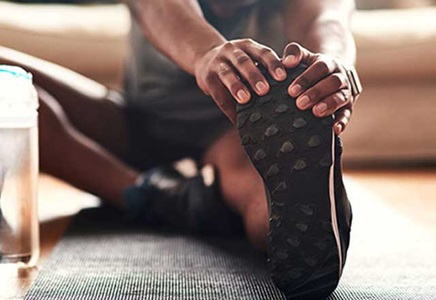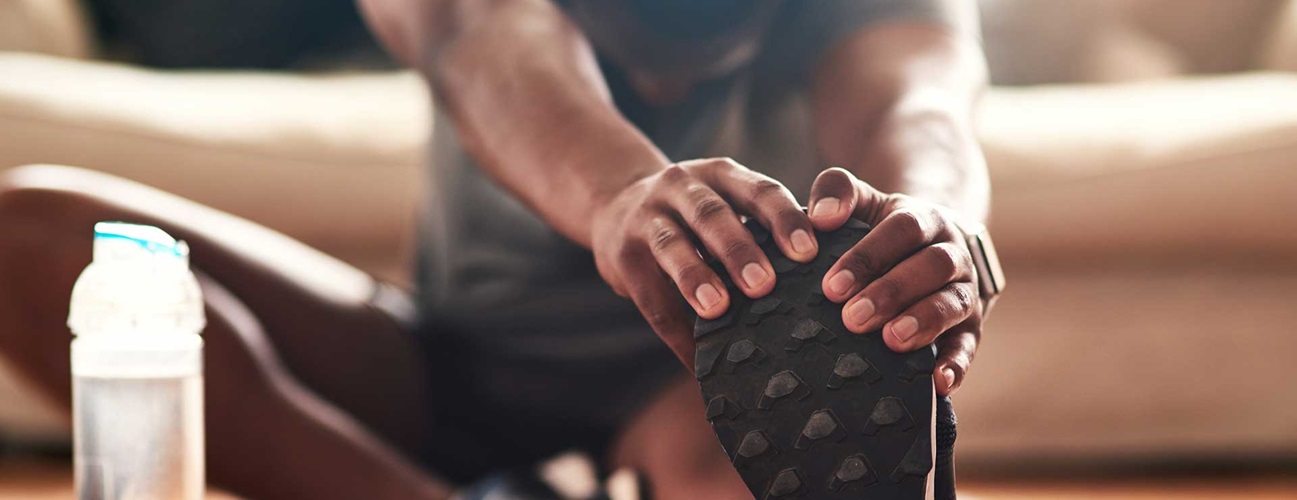Sports Safety
Playing sports is great for children and adults. It has both physical and psychological benefits. Sports can increase physical coordination, fitness, and self-esteem. They also teach important lessons about teamwork and self-discipline.
However, children are at risk for sports injuries because their bodies are still growing and their coordination is still developing. Many children ages 14 and under are treated for sports-related injuries each year. Half of all of those injuries can be prevented with proper use of safety gear, changes to the playing environment, and by following sports rules that help prevent injuries.
Most sports injuries occur due to the following:
-
Lack of education and awareness about safety precautions and potential injury
-
Inappropriate or lack of equipment
-
Poorly conditioned players
These are general safety precautions to help prevent sports injuries:
-
Wear the right safety gear and equipment.
-
The playing environment should be well lit and appropriate for the sport in question.
-
Enforce safety rules.
-
Players should stay hydrated during and after sports.
-
Take breaks while training and during games to prevent overuse injuries.
Safety gear and equipment
Safety gear should be sport-specific and may include such items as goggles, mouth guards, shin-elbow-knee pads, and helmets. The safety gear should fit properly. In addition, sports equipment (such as bats, baskets, and goals) should be in good working condition and any damage should be repaired or the item should be replaced. The playing area should be free from debris and water.
The sports physical
To make sure you or your child is physically fit to play in a particular sport, he or she should have a sports physical. These physicals can reveal physical strengths and weaknesses and help determine which sports are appropriate.
Seminar Common Sports and Activity Related Injuries: What to Consider from Pain to Breaks

When is my child ready to participate in sports?
Starting a child in sports at too young an age may not benefit the child physically. Children can start playing team sports when they express strong interest and you feel they can handle it. Age and size shouldn't be the only measures used. Also consider their ability to understand the concept of rules and teamwork. Keep in mind that no two children are alike, and some may not be ready physically or psychologically to take part in a team sport until they are older. Base your decision on whether to allow the child to take part in a particular sport based on the following:
-
Age
-
Weight
-
Build
-
Physical development
-
Emotional development
-
Child's interest in the sport
Note: AAP recommends that late-developing teens avoid contact sports until their bodies have developmentally "caught up" to their peers' bodies.
The importance of hydration
Sweat lost during sports must be replaced with equal amounts of fluids each hour of intense sports activity. You or your child should drink fluids before, during, and after each practice or game. To avoid stomach cramps from drinking large amounts of fluids at once, drink about one cup of water (or a type of sports drink) every 15 to 20 minutes. Drinks to avoid include those with carbonation and caffeine.
The following are the most common symptoms of dehydration:
-
Extreme thirst
-
Weakness
-
Headache or dizziness
-
Dark-colored urine
-
Slight weight loss
If you or your child has signs of dehydration, make sure you or he or she receives fluids immediately, as well as a snack. The symptoms of dehydration may look like other medical conditions or problems. Always consult your doctor for a diagnosis.
#TomorrowsDiscoveries: Controlling the Balance Between Salt and Water – Dr. William Guggino
#TomorrowsDiscoveries: Imbalances of salt and water in the body can lead to problems ranging from cystic fibrosis to diarrhea to kidney failure. Dr. Guggino and his team study the channels that move salt and water– and what goes wrong with them in disease.







